- Home
- keyboard_arrow_right Phelan Dental Seminars
- keyboard_arrow_right How Do You Treat A Non-Restorable Central Incisor In Your Practice? Immediate Vs Delayed Implant Placement -Part 2
How Do You Treat A Non-Restorable Central Incisor In Your Practice? Immediate Vs Delayed Implant Placement -Part 2
Dr. Jim Janakievski September 7, 2011

After complete healing, the alveolar ridge appeared favorable for a flap-less implant placement approach. This can be a challenge to position the implant platform at the ideal level. If the implant is positioned too shallow, there will be insufficient room to create a proper emergence profile and crown form. If the implant is too deep, it may be a risk for future recession or inflammation.
I was very careful with measurements made clinically from the existing gingival margin and the new planned gingival margin as well as checking with radiographs. Using a computer-generated guide is another option for these cases, but will still require good clinical judgement.
The implant was positioned with the platform 3 mm from the future gingival margin to accommodate a favorable emergence profile. It is important to note that the interproximal bone must be modified to create space for the future restoration; otherwise, it may be a challenge to seat the restorative abutment and there is possible risk of developing bone necrosis due to excessive interproximal pressure. (See radiographs)
Interproximal Bone Adjusted At Time Of Surgery To Provide Room For Future Restoration
Provisional And Final Restoration
The gingival recession on the adjacent central incisor #8 (FDI #11), was improved by a semi-lunar coronally advanced flap.
After the implant has osseointegrated, it is time to shape the abundant soft tissue from that of a circular healing abutment to that of a triangular tooth form. The provisional restoration is fabricated with a sub-gingival profile that will create tissue support and an ideally positioned height of contour to move the gingival margin to the desired level.
After a couple of months, the tissue form created by the provisional restoration can be duplicated by using a custom impression coping during the impression procedures. The final crown should follow these sub-gingival contours to maintain this soft tissue form.
The restorative phase was completed with a custom cast gold abutment and a cemented PFM crown. The crown form was slightly flatter at the mesial line angle than the provisional restoration and we can see the change in the soft tissue form. Overall, the treatment sequence insured a predictable outcome for this patient.
Coronally advance flap #8(FDI #11) and flapless implant placement #9 (FDI #21)
Implant Placed According To Future Gingival Margin
Provisional Restoration
Provisional Restoration
Provisional Restoration At Placement
Provisional Restoration After Tissue Shaping
Final Restoration
Tagged as: Dr. Stephen Phelan, Phelan Dental Seminars, Dental Education, Dental Implant, immediate, delayed, immediate provisional, Janakievski, Dr Jim Janakievski, Phelan.
© Copyright Phelan Dental Seminars I Dr. Stephen Phelan

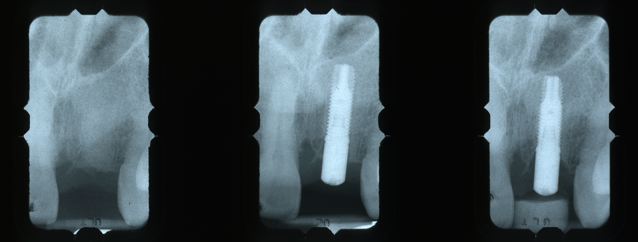
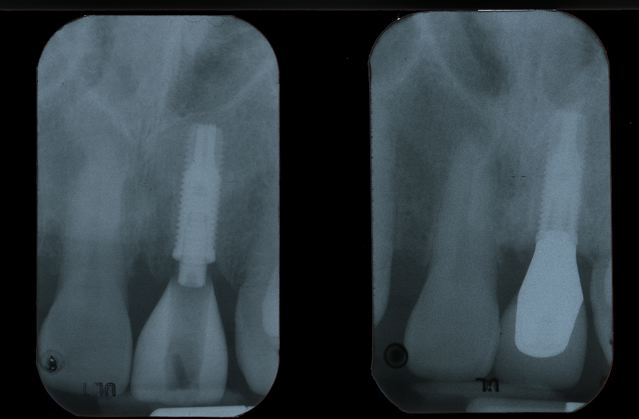
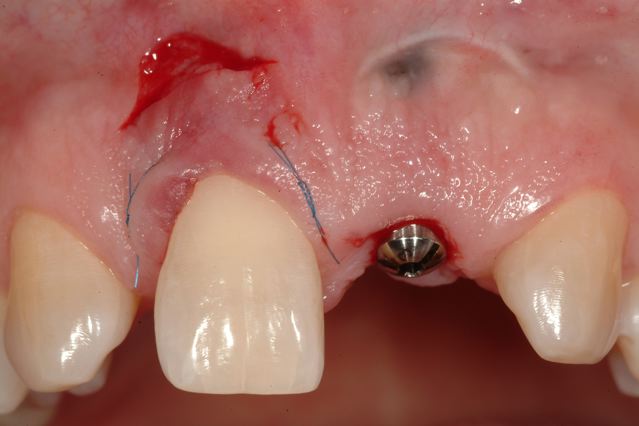
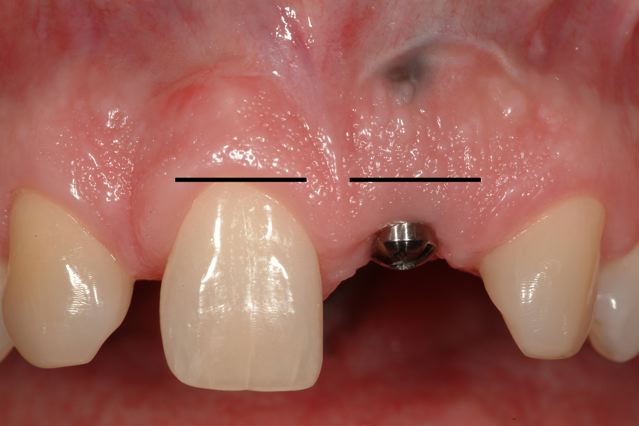
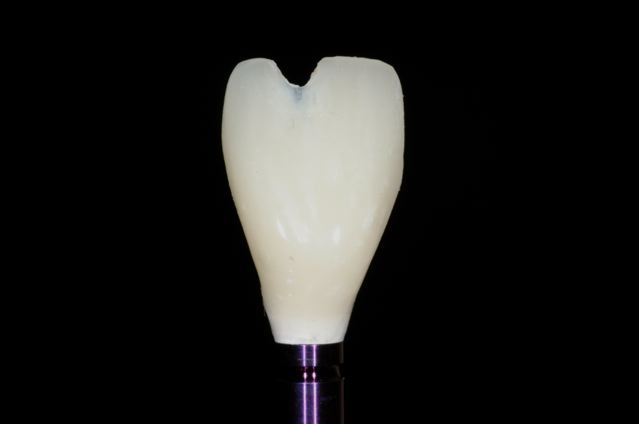
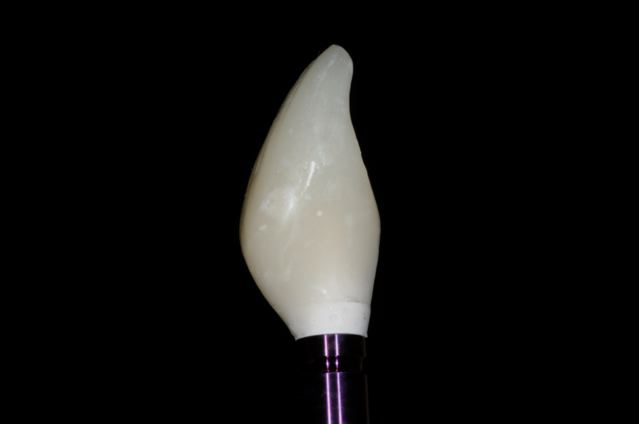
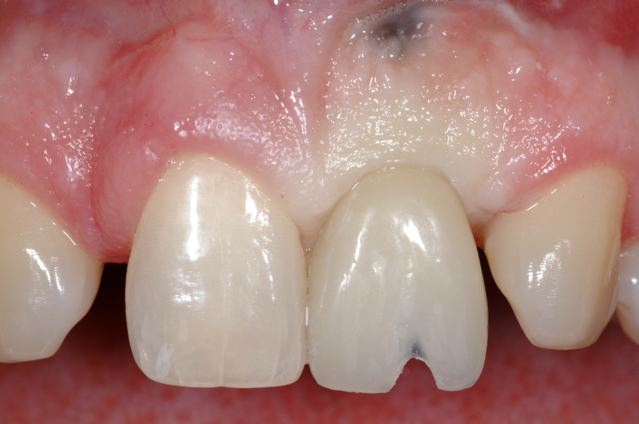
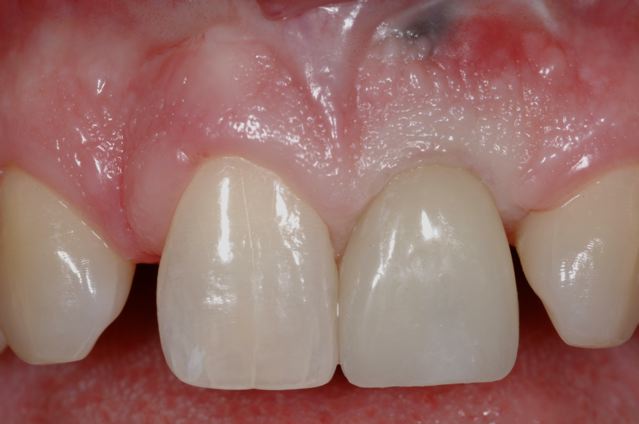
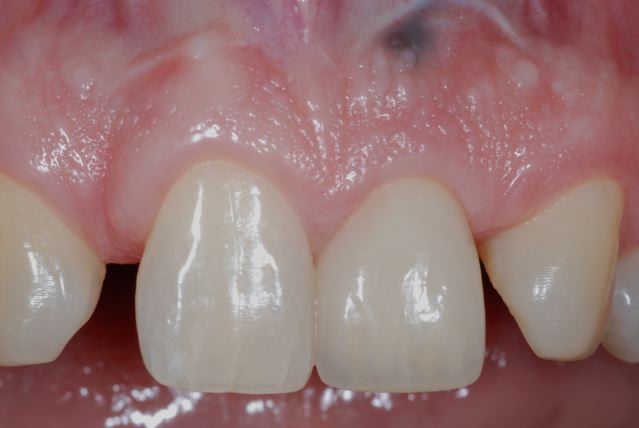


Post comments (0)